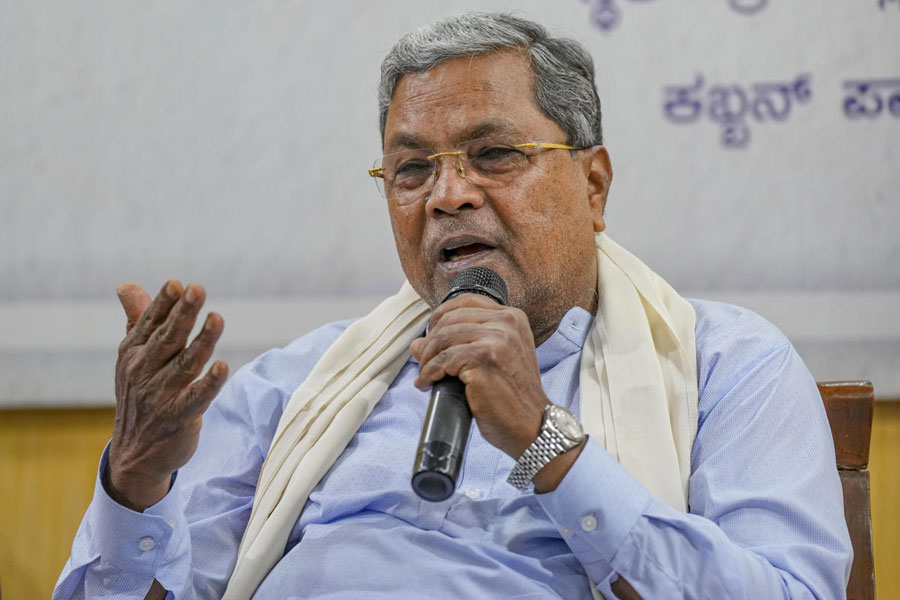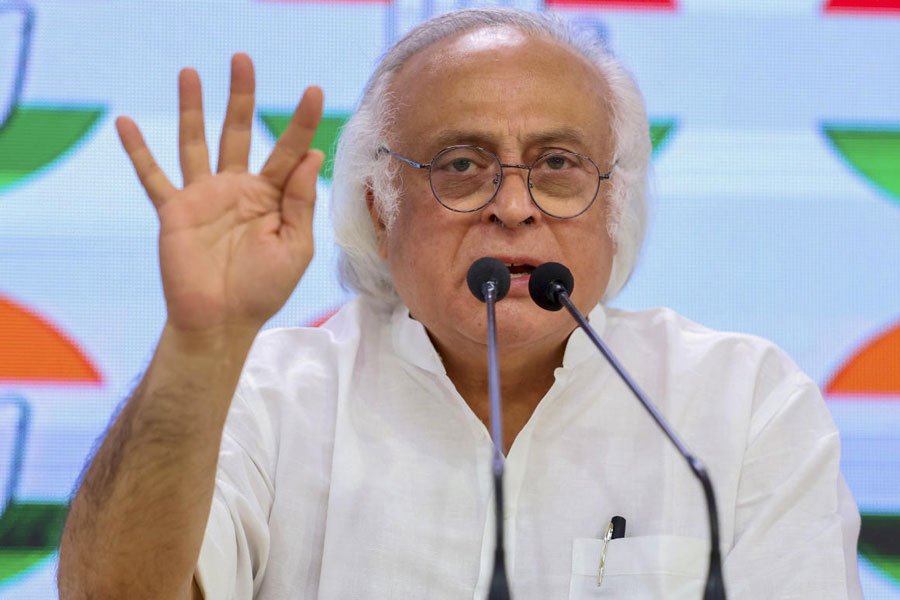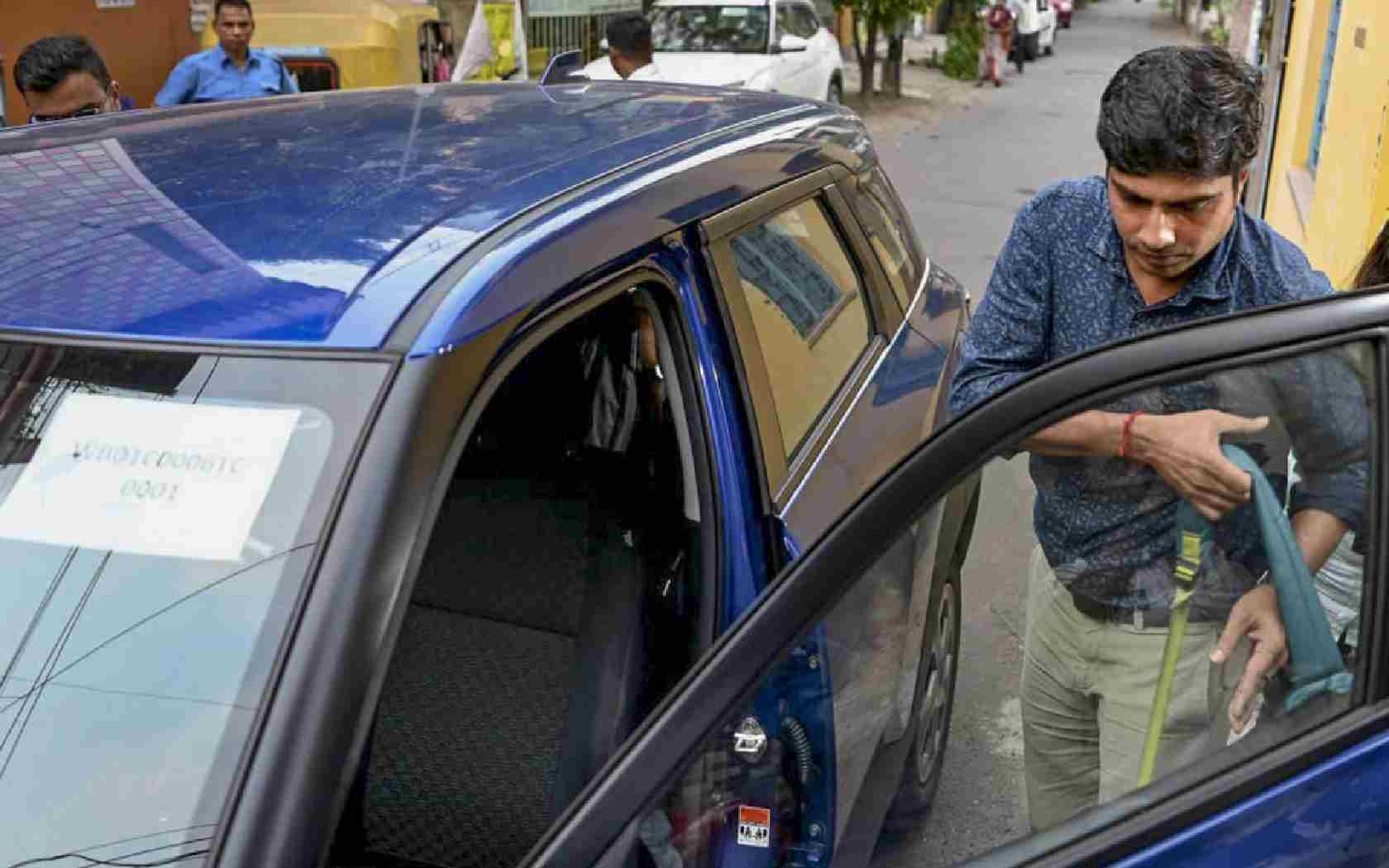
Berhampur, Jan. 9: A new forest division survey has found that there has been a rise in the population of the mugger, an endangered crocodile species, in the Ghodahada irrigation reservoir here.
The estimated marsh crocodile population has gone up from 49 last year to 55 this year inside the dam, while six others have migrated to nearby ponds, said Berhampur's divisional forest officer Asish Kumar Behera.
Behera said they conducted the census of the marsh crocodiles yesterday over a 5sqkm area of the reservoir.
"We engaged around 30 persons for the census. We divided the reservoir into 10 segments, each of which was assigned to one staff with a country boat. Another 10 staff members were deployed in seven adjoining ponds. The census was conducted by direct sight method between 6am and 4pm," said Behera.
Mugger is one of the three crocodile species found in Odisha, the other two being the gharial and the baula.
The Ghodahada reservoir is seen as a major potential habitat for muggers in the state, said Behera. The focus of the forest division's census was to improve the habitat by involving local fishermen.
"The Ghodahada irrigation reservoir was constructed in 1975 and the census started in 2008. Muggers are not aggressive; they don't harm fishermen of the seven adjoining villages. There is no man-animal conflict here," said Behera.
He said the fishermen catch around 150kg fish from the reservoir on a regular basis without fear. As a result, the villagers also protect and nourish the animals.
Asked about the migration of muggers to nearby ponds, Behera said: "They migrate to ponds because of rising numbers in the dam. They generally migrate when the dam overflows during rains. Muggers usually grow up to 8ft long. The smaller ones of around 2ft length tend to migrate to adjoining ponds."










